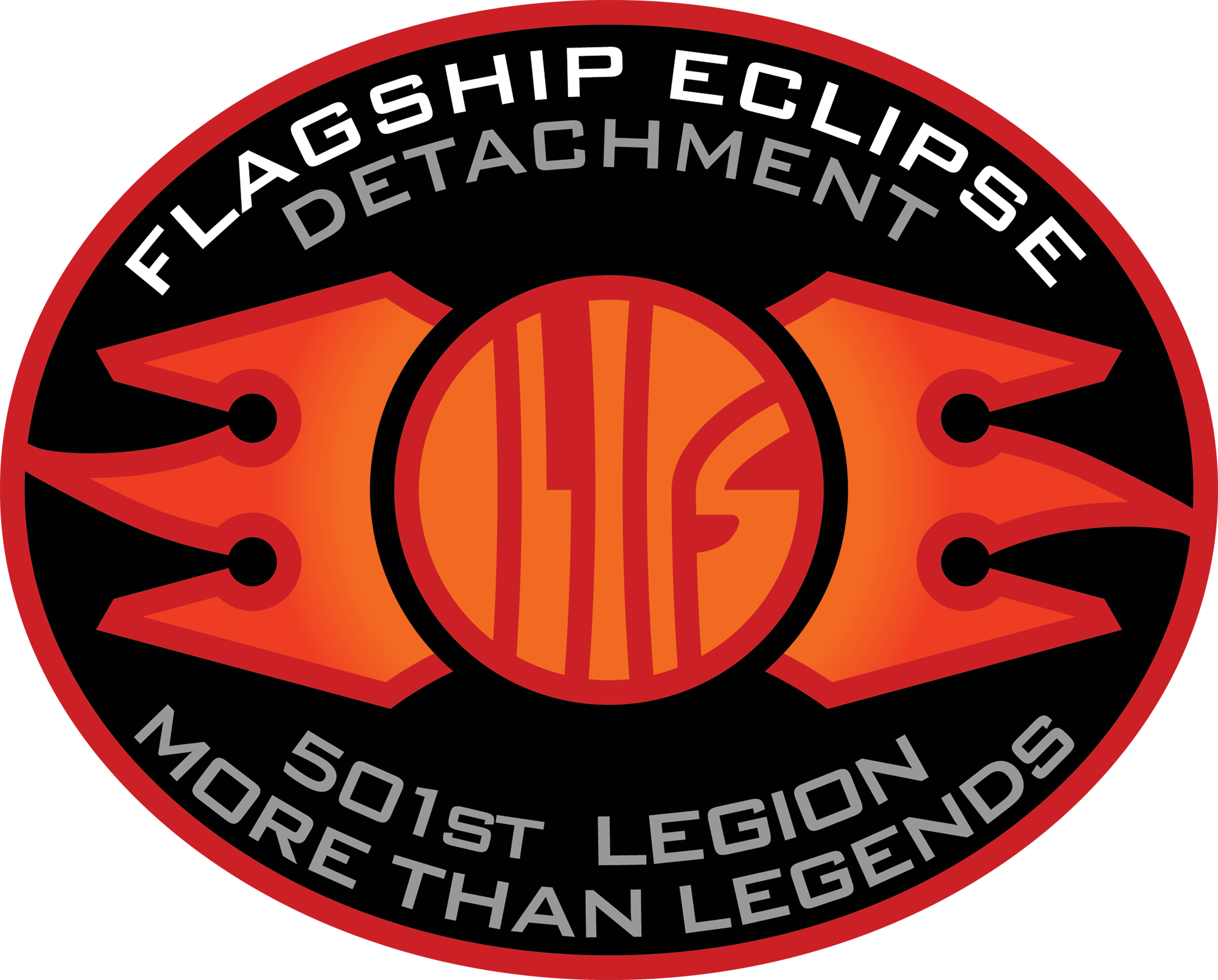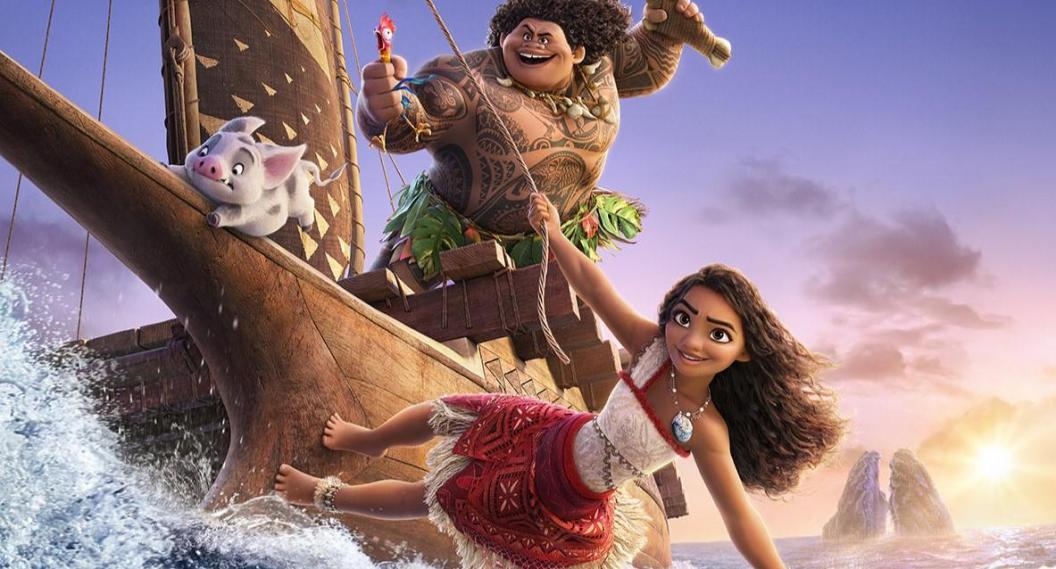
Deep beneath Disney‘s dazzling animation and catchy tunes lies a rich legacy of authentic Polynesian mythology. While Moana and its sequel weave a magical tale of oceanic adventure, the stories that inspired them are even more fascinating – and sometimes surprisingly different from what appears on screen.
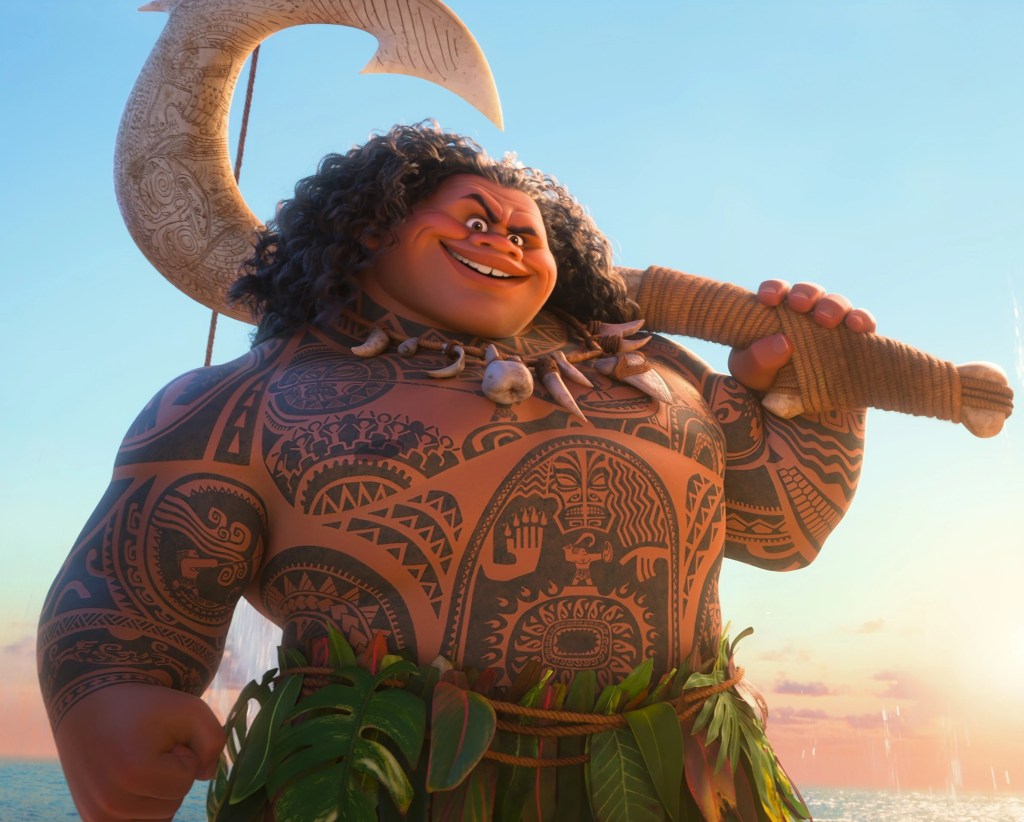
Maui: The True Legend
In Polynesian mythology, Maui stands as one of the most significant figures in creation stories spanning multiple cultures. While Disney portrays him as a charismatic showman with magical tattoos, the original myths present him as a profound force of nature who shaped the Pacific world. “In Tongan culture, Maui fixes everybody’s mishaps or problems,” explains Su’a Sulu’ape Toetu’u, a Tongan tattooist, to National Geographic. “For us, Maui was a working-class hero who was for the people.”
The legendary demigod’s most famous feat – fishing up islands – varies across cultures. Māori tradition tells of Maui crafting a fishing line from his grandmother’s jawbone to prove his worth to his brothers. When he cast his line, he pulled up Te Ika-a-Māui (New Zealand’s North Island). Similarly, Hawaiian mythology credits him with drawing up their archipelago from the ocean depths, though each island tells the story differently.
Maui’s battle with the sun carries deeper meaning in traditional lore than its playful movie counterpart. In Maori mythology, it was a strategic mission to help humanity. “Aaaarrrhhh!” the sun roared in anger,” the legend recounts, as Maui fought off intense heat to slow the sun’s journey, giving people longer days to work and flourish. The Tahitian version portrays him as a prophet who grabbed the sun’s rays to extend prayer time at the sacred marae.
Sacred Origins of Ocean Navigation
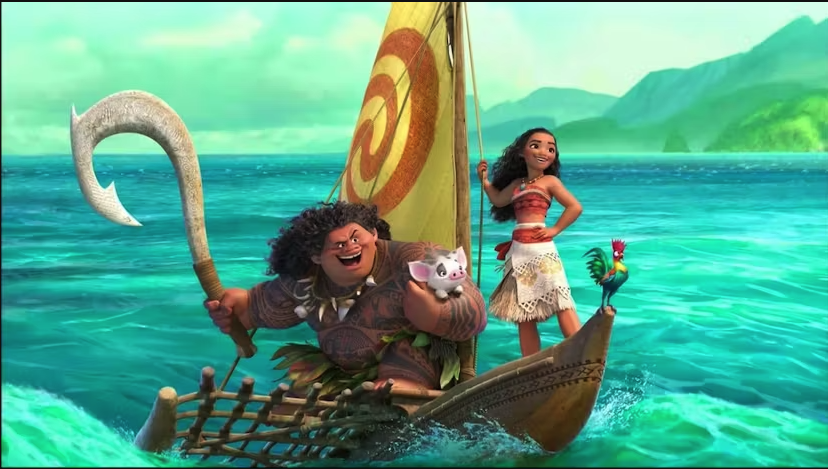
The real story of Polynesian wayfinding goes beyond Disney’s “We Know The Way.” Ancient navigators developed sophisticated techniques using celestial bodies, ocean swells, and bird behavior to traverse vast distances. This knowledge was considered sacred and passed down through generations with spiritual significance. The historical “Long Pause” – a millennium-long break in long-distance voyaging that Disney reimagines through its storm god Nalo – remains one of the most intriguing mysteries of Pacific history.
Divine Powers and Spiritual Forces
While Te Fiti and Te Kā are Disney creations, they draw from deep-rooted Polynesian beliefs about the relationship between gods and nature. Traditional mythology features numerous deities controlling natural forces, from Mahuika, the fire goddess, to Tangaroa, the god of the sea. These beings weren’t simply characters in stories but represented fundamental forces that shaped both the natural world and human society.
The Sacred Art of Tattoo
Traditional Polynesian tattoos carry far more spiritual weight than their animated counterparts. “The idea of kākau and putting designs on skin permanently reflects the concept of commitment in Polynesia,” Hawaiian tattooist Kalehua Krug told National Geographic. “When you take on these designs, it is a physical manifestation of an agreement you’ve made with yourself, your ancestors and community.”
The Gift of Fire
One of Maui’s most significant mythological feats – largely absent from Disney’s interpretation – is his quest to understand fire’s origins. Maori legend tells how Maui’s curiosity led him to repeatedly extinguish fires until he was forced to seek out Mahuika, the fire goddess. His persistence in requesting her burning fingernails, one by one, nearly led to his destruction when she discovered his deception. Yet this near-fatal encounter resulted in a profound gift to humanity – not fire itself, but the knowledge of how to create it using the Kaikōmako tree’s wood.
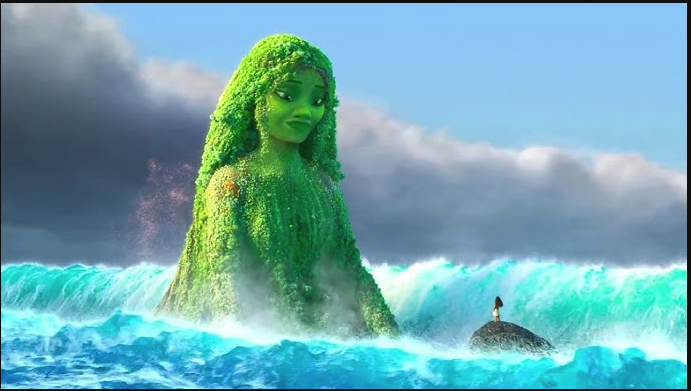
Creation Stories and Island Origins
While Disney’s Moana 2 imagines the sunken island of Motufetū, real Polynesian creation myths tell of islands born through divine intervention and heroic feats. In Māori tradition, when Maui’s brothers carved up his giant fish (the North Island), their actions created the valleys, mountains, and rivers that exist today. Hawaiian legends similarly attribute the archipelago’s formation to Maui’s fishing prowess, though each island group maintains its own unique version of these origin stories.
Spiritual Connection to the Ocean
The ocean in Polynesian mythology isn’t just a setting – it’s a living entity deeply connected to human existence. While Disney personifies this as an animated wave helping Moana, traditional beliefs view the sea as a spiritual bridge connecting people, gods, and ancestors. Ancient navigators didn’t just read the waves; they communicated with ocean spirits and relied on spiritual guidance as much as physical signs.
Disney’s Cultural Adaptations
Against this rich mythological backdrop, Disney’s interpretations both simplify and celebrate these ancient stories. Working with their Oceanic Trust, the studio made conscious choices about which elements to adapt. While Maui’s tattoos in the films serve as animated storytelling devices, real Polynesian tatau carries deeper spiritual significance. “Samoans have a great deal of humility. We never brag or praise ourselves in a literal sense,” anthropologist Dionne Fonoti told National Geographic.
The fictional storm god Nalo in Moana 2 demonstrates how Disney creates new characters while respecting traditional beliefs about divine forces affecting ocean navigation. Similarly, while Te Fiti may be a Disney creation, she embodies authentic Polynesian concepts about the relationship between nature, divinity, and human responsibility.
Even the films’ use of multiple Polynesian languages – including Samoan, Tokelauan, and Tuvaluan in songs like “We Know The Way” – reflects the complex cultural heritage of the Pacific Islands. The studio’s attention to detail extends to seemingly minor elements, from the design of traditional boats to the way characters handle coconuts.
Preserving Ancient Wisdom
Modern audiences watching Moana and its sequel glimpse a world where mythology and reality intertwine. While Disney adds contemporary touches and simplified narratives, the core of these stories remains rooted in profound traditions. As tattooist Su’a Sulu’ape Pili Mo’o observes, these stories aren’t just entertainment – they’re part of a living heritage that continues to shape Pacific Island cultures today. “From day one, I’ve wanted to make sure I was able to keep our culture on the right side of the road, that we are actually telling the right and true story. I hope that I was able to bring our culture to light for viewers.”
The post Everything Moana 2 Borrows From Actual Hawaiian Mythology appeared first on ComicBook.com.
